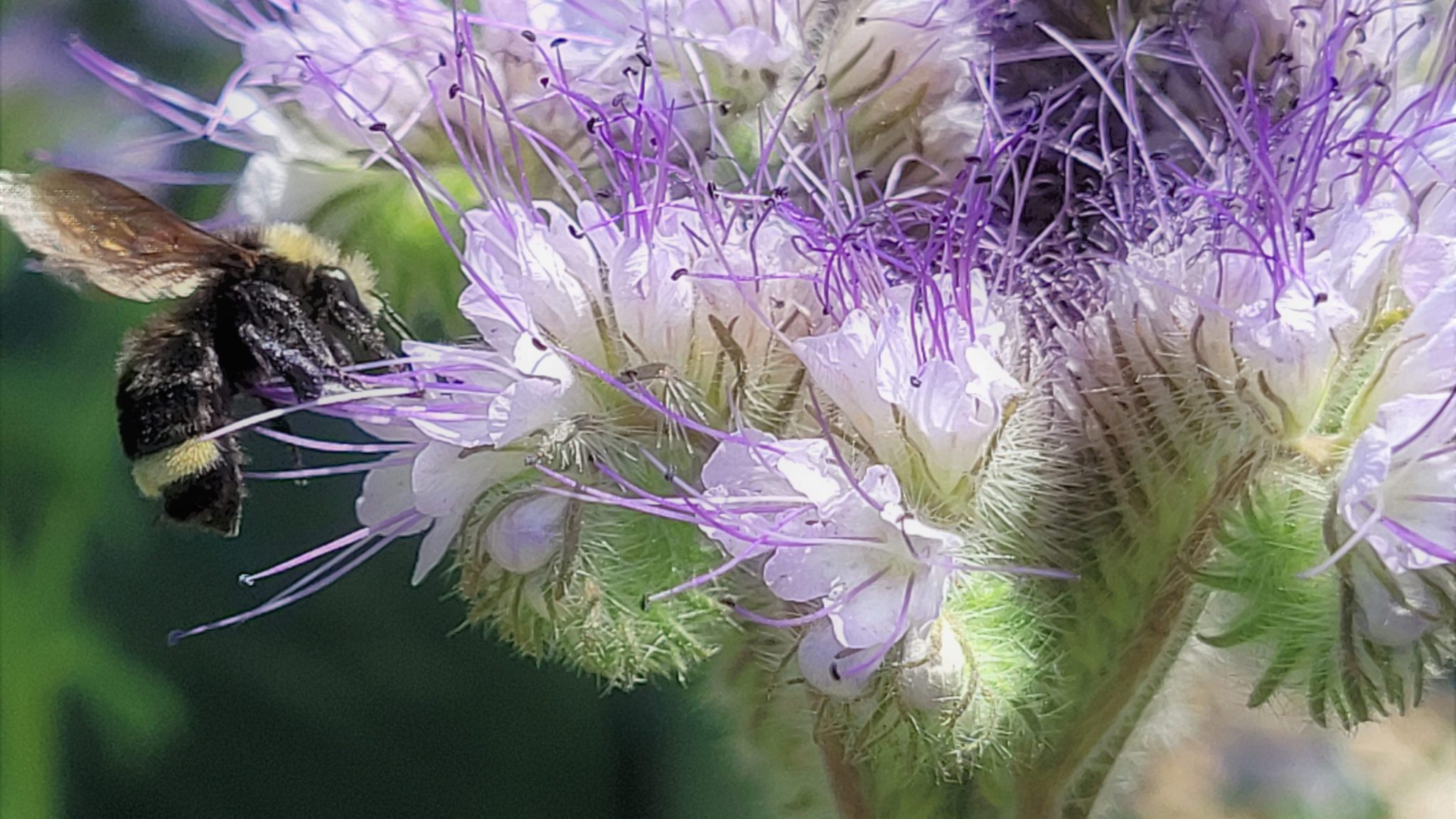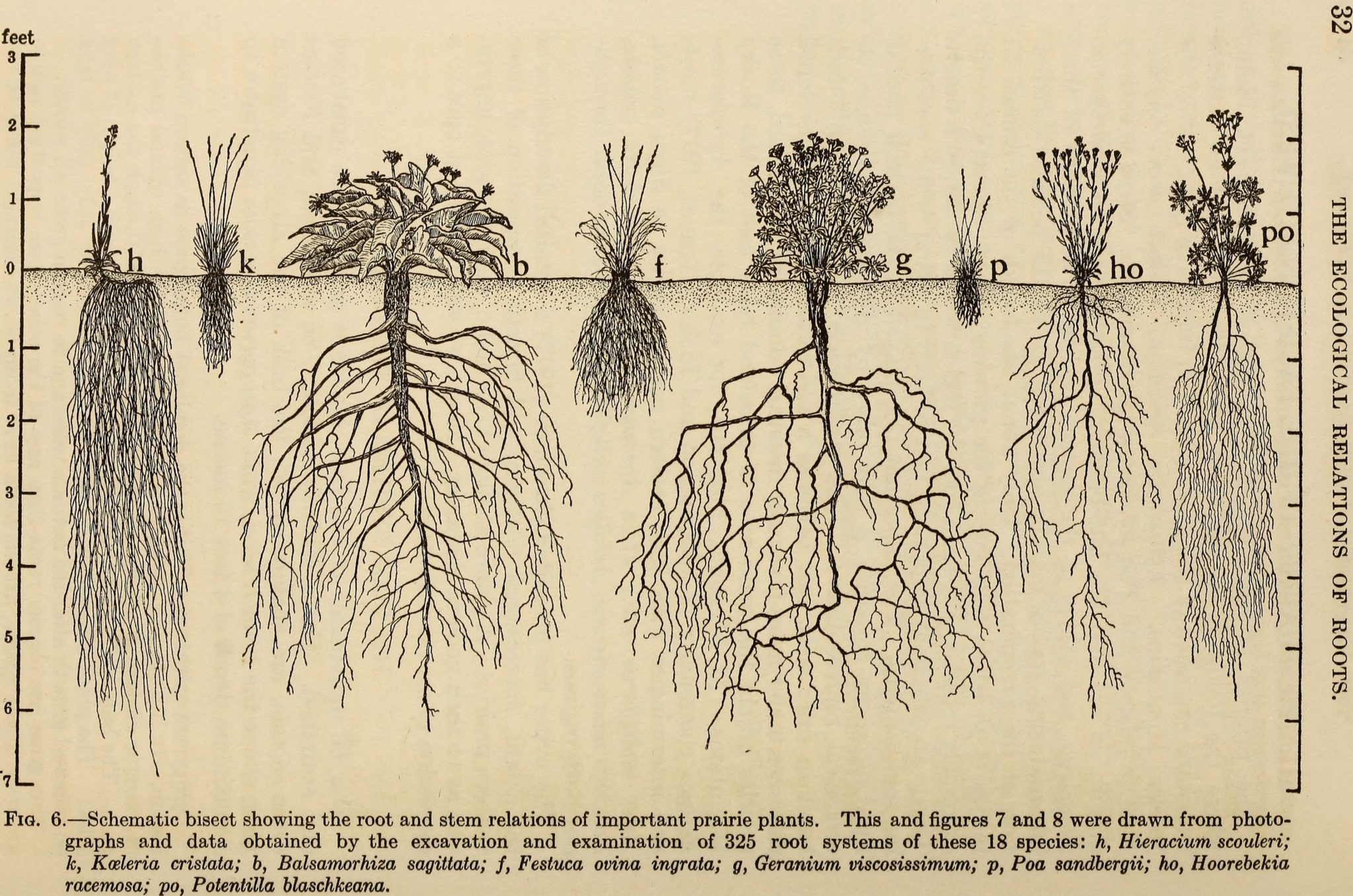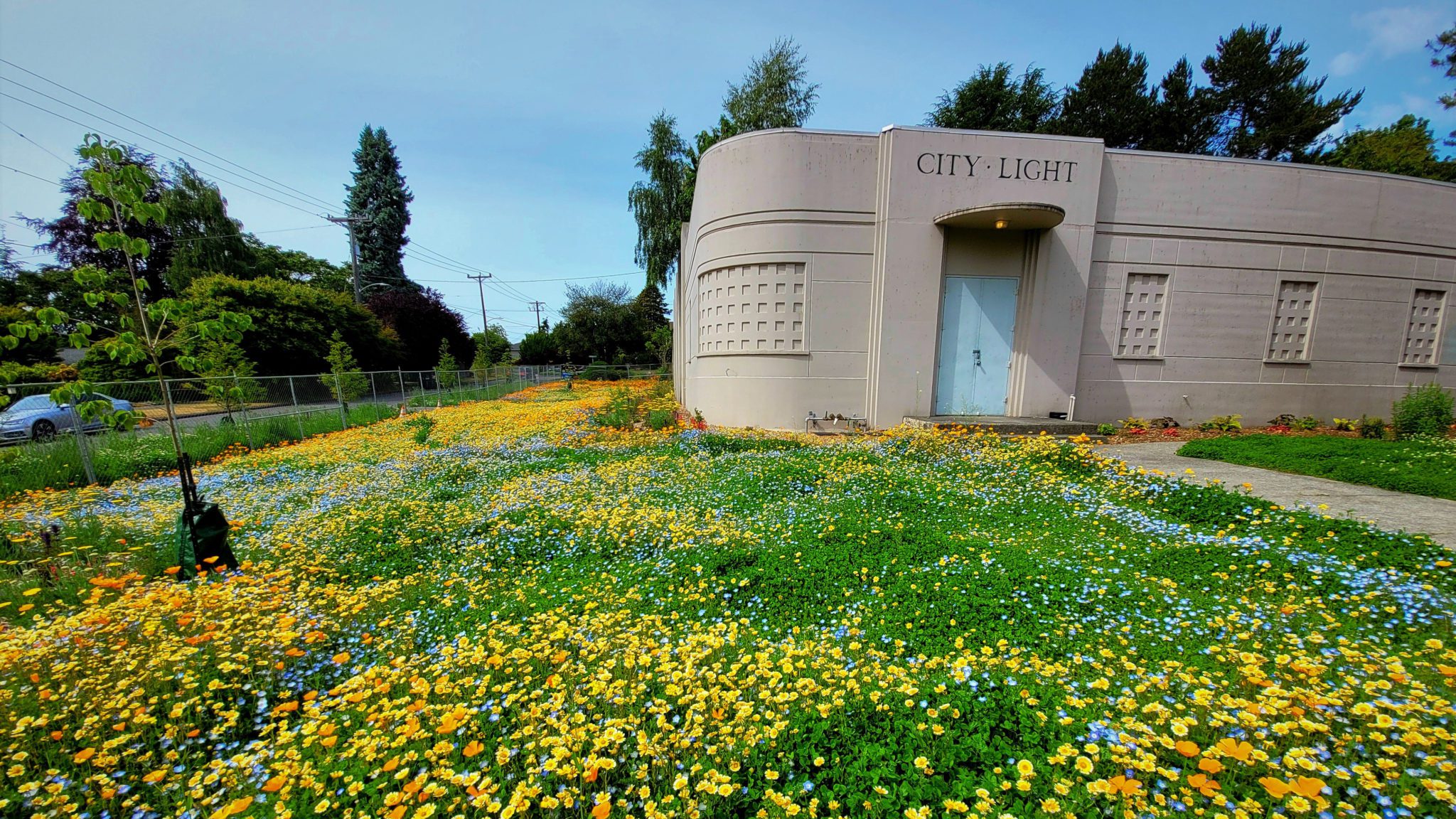
Joel Ferreiro is a Gardener on Seattle City Light’s Landscapes Team.
The Lawn Problem
Think of some popular crops grown in the United States. What comes to mind? Corn, wheat, and barley might be at the top of your list, as they are ones that help sustain human and animal life. But the largest irrigated crop in the U.S. may come as a surprise, as its purpose is purely aesthetic—grass.
Around 40 million acres of land in the contiguous US are carpeted with grass lawn, and with that comes costly upkeep. Seven billion gallons of water a day are used for landscape purposes, with about half of that figure going to waste through evaporation, over-watering, or lack of maintenance to irrigation systems.
With increased urban sprawl of today’s communities, green spaces can be in short supply. Often manicured lawns are placed in these spaces for aesthetic purposes and for recreational use. However, lawn grass alone is not enough to sustain important animals like bees or butterflies. The flowering plants and shrubbery that may make lawns seem overgrown, undesirable, or “messy,” actually provide important habitat and forage, or plant material eaten by wildlife, for pollinators and other creatures who use these plants as places to feed, rest, and nest.
A Natural Solution
The terms “eco-turf,” “eco-lawn” and “bee-lawn” are used interchangeably to discuss the practice of replacing traditional, solid-green turf lawns with a more varied, natural approach. These more free-wheeling lawns are healthier for the environment in several ways.
- They incorporate flowering plants that serve as the principal food source for pollinator species.
- They continue to suppress weeds and provide an open, usable space for activity.
- The added plants have longer roots than traditional lawns, which allow eco-lawns to survive with less watering and help prevent soil erosion by anchoring more deeply in the earth.

Try and see if you can spot some eco-lawns in your area. Look for colorful shrubs, fruit trees, or perhaps a flowering median alongside a busy road. Maybe there is a curb in your neighborhood that is abundant with delightful flowers. These all count as eco-turf!

Try It at Home
Want to try out a bee-lawn for yourself at home? Here are a few tips to consider:
- Start small. Don’t overwhelm yourself with too much work and maintenance at the beginning. Select a few flower choices to get you started.
- Look for native plant options that will best serve the pollinator population of your area. Certain species of pollinators are very specific on their foraging source and will only do so on the plants that they know.
- Carefully consider your approach to weed management. Know the pros and cons of using herbicide on your lawn—while it can mean less work for you, it could be harmful to overall lawn and wildlife health. Frequent monitoring for weed prevention will allow you to connect with your space.
- Communicate with neighbors about your lawn plans. Let them know of your new project and discuss why eco-turf is beneficial, which may help them understand and prepare for the different aesthetic.